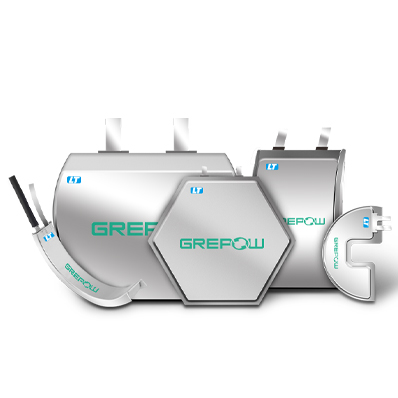Why the Smartwatches Battery Life so Bad?
The popularity of wearable devices remains high, and many manufacturers have subsequently launched their own smartwatch products, from international giants like Samsung to domestic emerging shell technologies. However, these products face similar technical problems regardless of their user experience: high power consumption and short smartwatch battery life.
While Pebble's battery life is relatively good, lasting five to seven days, most of the rest only last two or three days, or even one charge per day. This dilemma has been caused by three factors: the limited size of the equipment, the inability to provide large-capacity batteries, or the lagging development of battery technology, the chip architecture and manufacturing process, and the adaptation of embedded systems.
Why is the smartwatch battery life so bad
Battery technology has been in a state of stagnation for a long time, not only wearable devices, but even mainstream smartphones have to extend battery life by increasing battery capacity. Although there are occasional battery technologies that sound good, such as lithium fluorocarbon (CFx) batteries, body heat generators that generate electricity directly through the body. They often claim to revolutionize the short battery life of wearable devices, but it will take at least a year or two or more for laboratory research to become commercially available. The ideal is excepting, but we should also face the reality.
Chip architecture and process technology
The processor commonly used by domestic manufacturers has a peak power consumption of 200mW, but the 65nm chip technology leads to a larger packing size. The chips still occupy a lot of market share in China, and manufacturers have planned to adopt more advanced ones. 40nm technology. However, there is still a big gap compared with the current mainstream 28nm technology. The rest of the models are mostly flat-panel or mobile-grade processors, and the limitations on the main frequency and the power control on the software ultimately fail to solve the fundamental problem. Device manufacturers integrate too many functions on smartwatches and even copy the design of smartphones. The low-power CortexM3 architecture can't guarantee the smooth running of the system, so it can only sacrifice battery life.
The system becomes “too bloated”
Most models are streamlined and customized according to the existing Android system. Most manufacturers have no patience to wait for the official release of AndroidWear, and they have no technology and ability to develop a system dedicated to smartwatches. Pebble's performance at this point is more worthy of recognition. The direct result is the life of Pebble watches, excelled for 5 to 7 days.
Not only smartwatches but also the real popularity of wearable devices still have a long way to go. The chip manufacturers are also beginning to develop low-power chips for research and development, like Intel's Edison platform, Broadcom's BCM4771GNSSSoC.

The most anticipated smartwatch battery
Of course, what is worth looking forward to is the customized batteries from Grepow. Whether the shapes of the smartwatch batteries, such as round or curved shape, or the battery capacity, can be customized according to the needs of your equipment. With the steady improvement of the company's market competitiveness, Grepow has become a battery supplier of power system solutions and high-end manufacturing. Through the independent development of battery systems and technological innovation, intellectual property protection and other comprehensive capabilities, Grepow becomes the world's leading battery supplier in the field of smartwatch batteries. In addition, some manufacturers took huge investments in wearable chips, which means low-power SoC will have a big outbreak!
Related Articles
-

The World's First Humanoid Robot Participation in Half Marathon
2025-04-16 -

Empowering Drone Training with Grepow’s Tailored Battery Solutions
2025-04-15 -

Join Grepow at the 2025 Global Sources Hong Kong Show
2025-04-08




















































